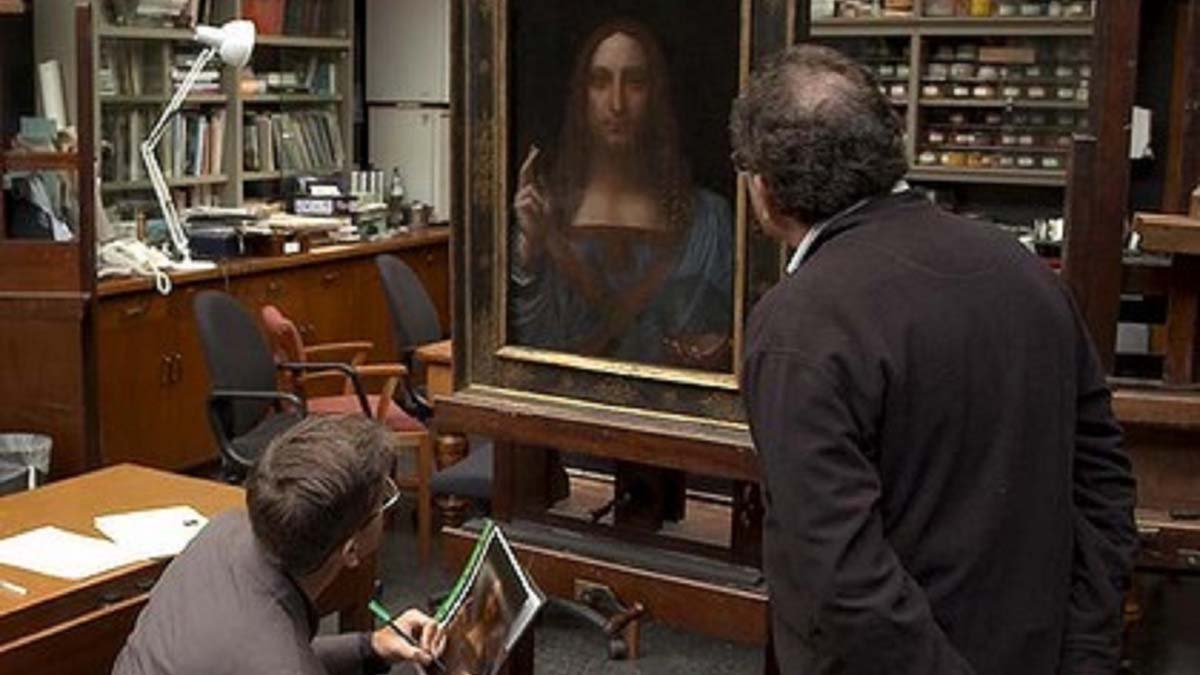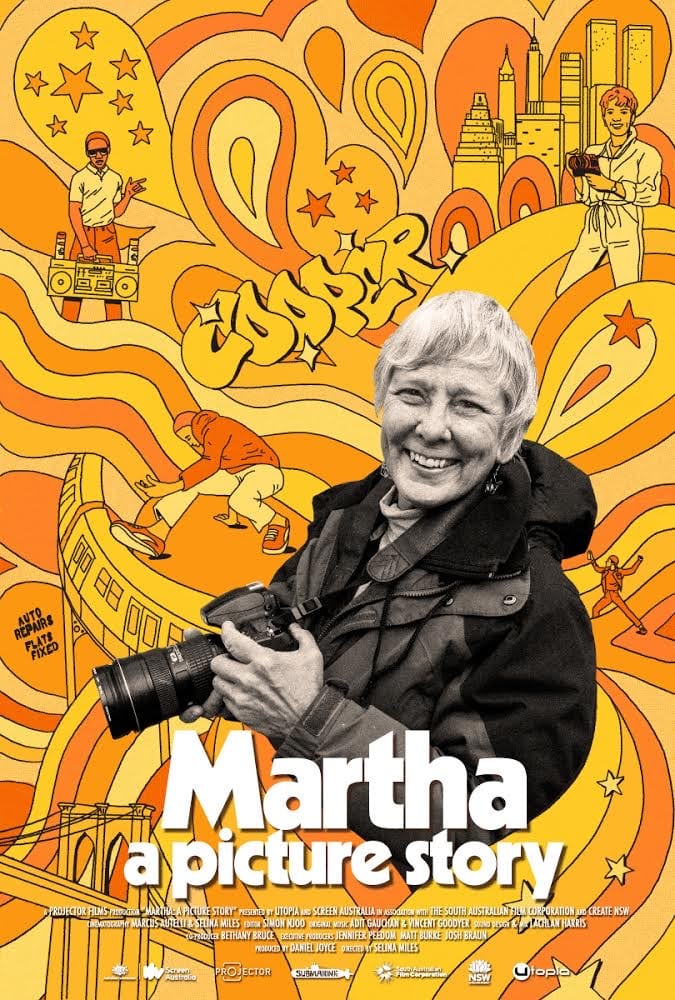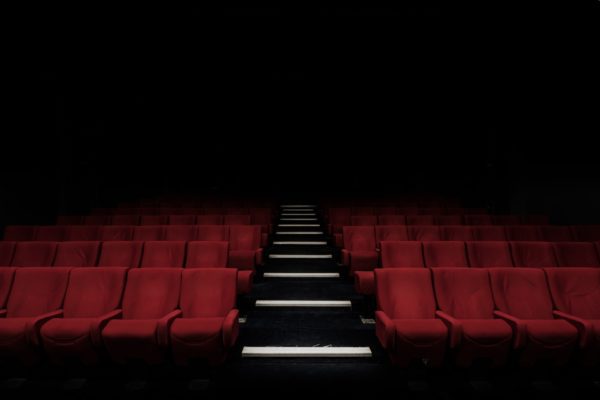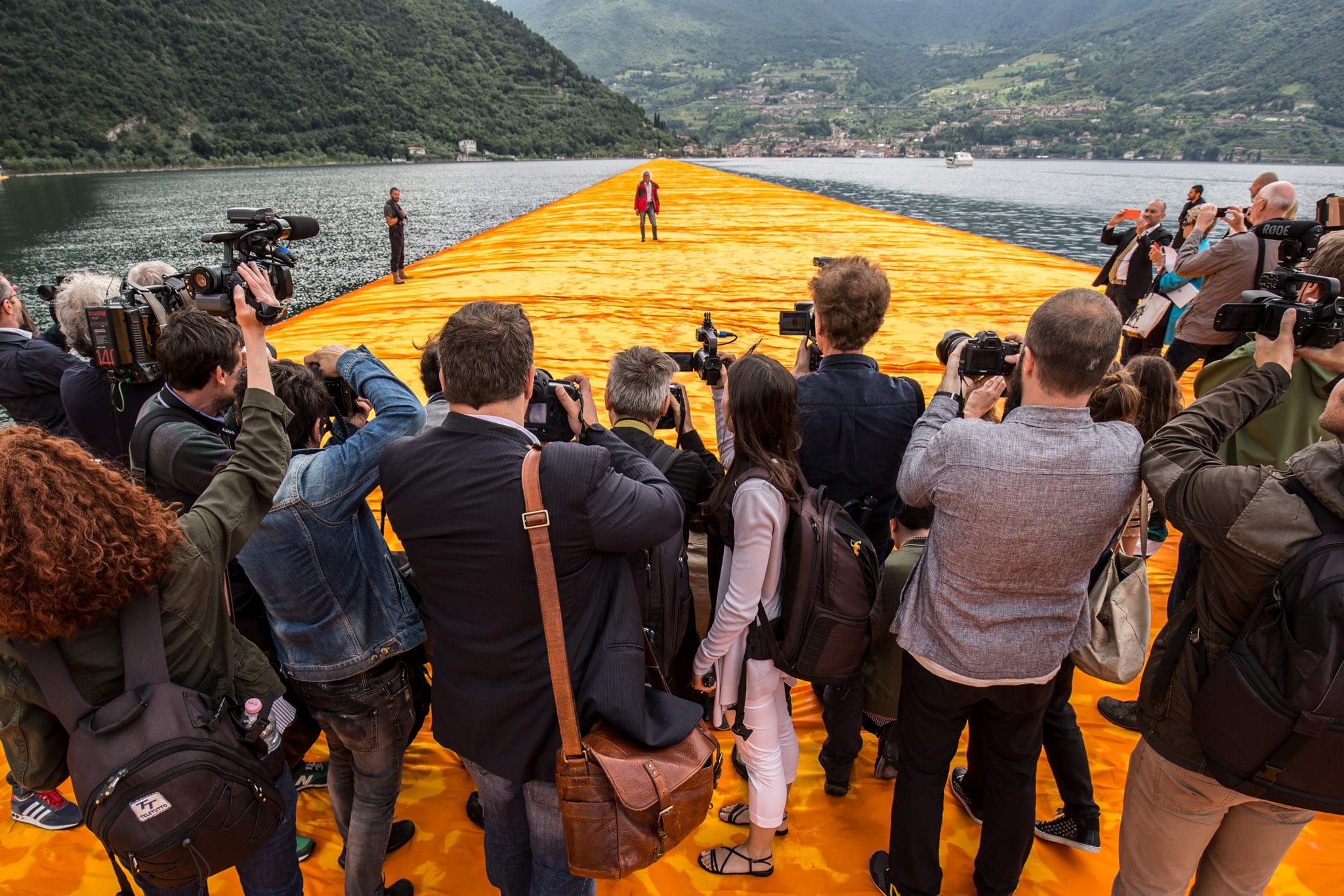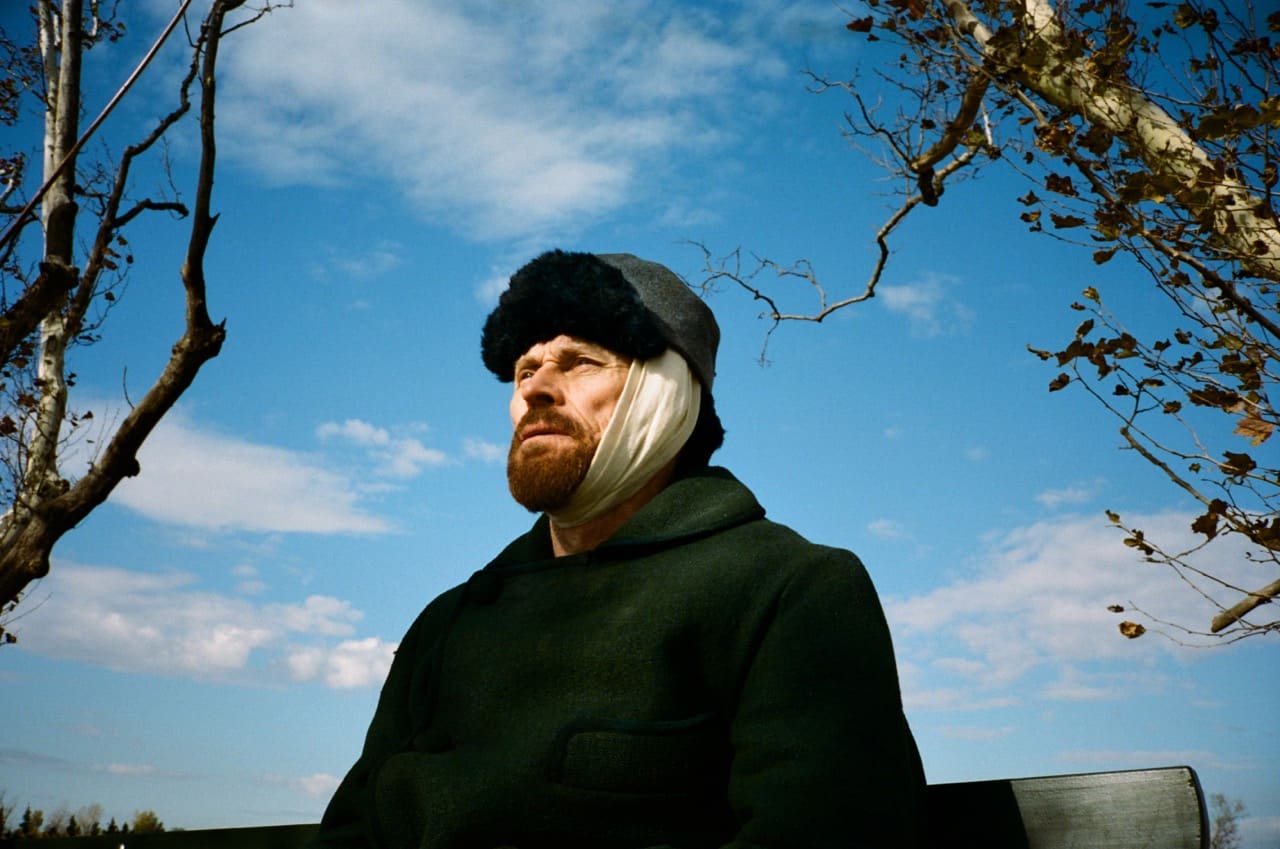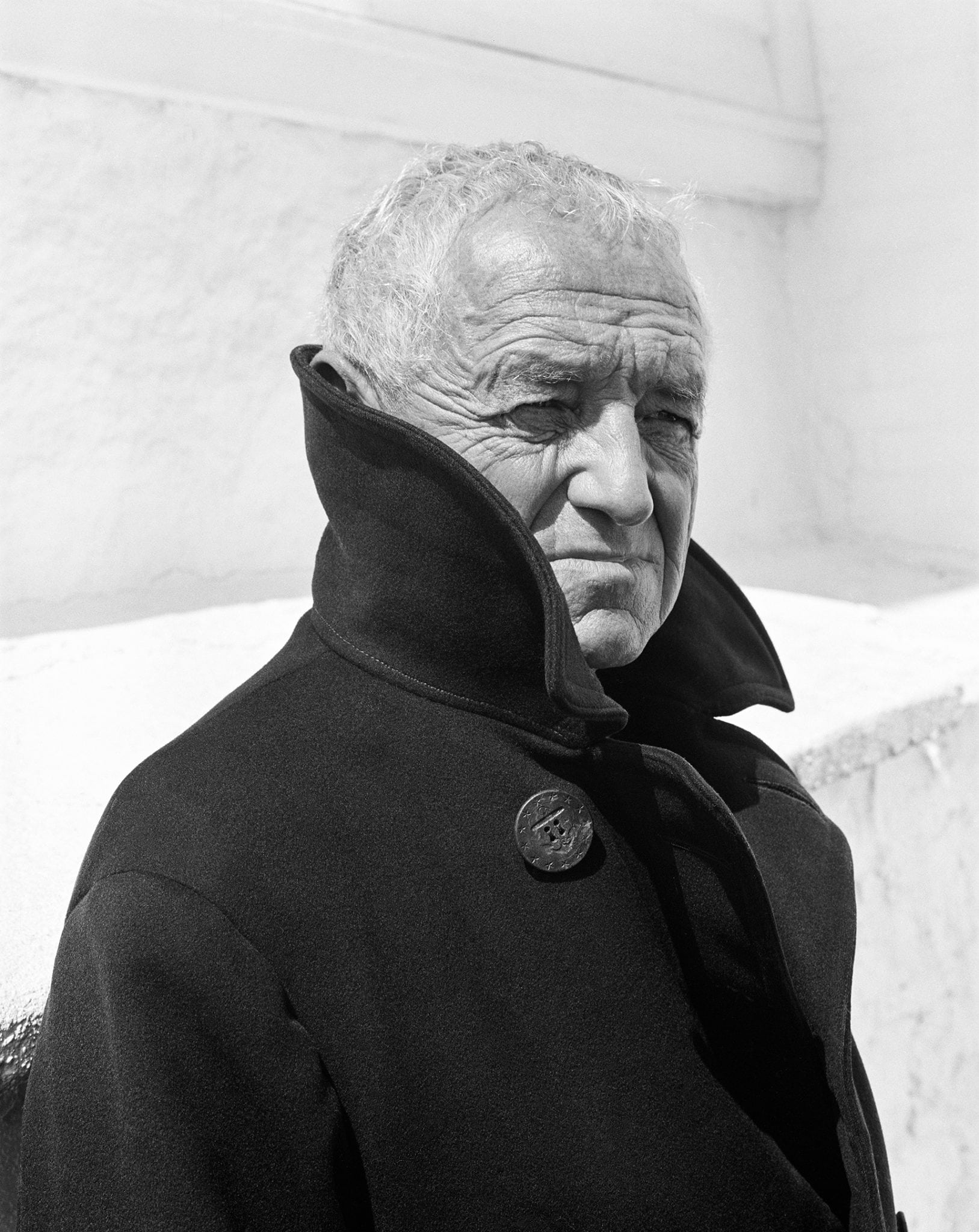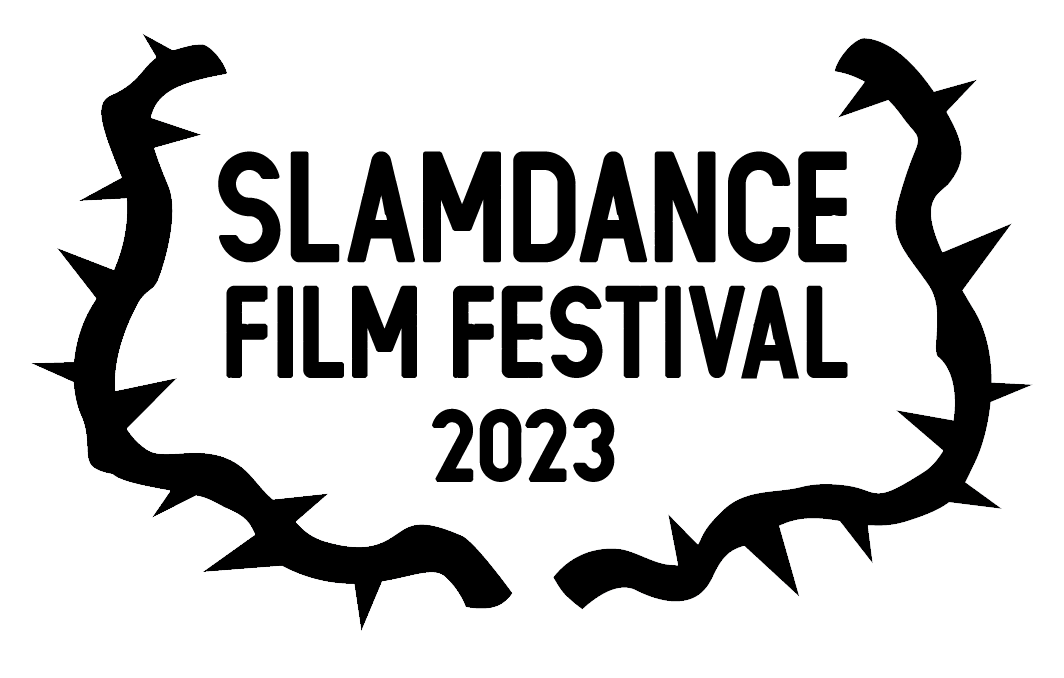
More from Slamdance 2023
Here are a few more of the films currently playing at the Slamdance Film Festival. The festival will be available online January 23-29. You can find out how to see the films at https://slamdance.com/festival/. Where the Road Leads, directed by Nina Ognjanovi?, comes to the festival from Serbia. The film opens with a young woman,…

